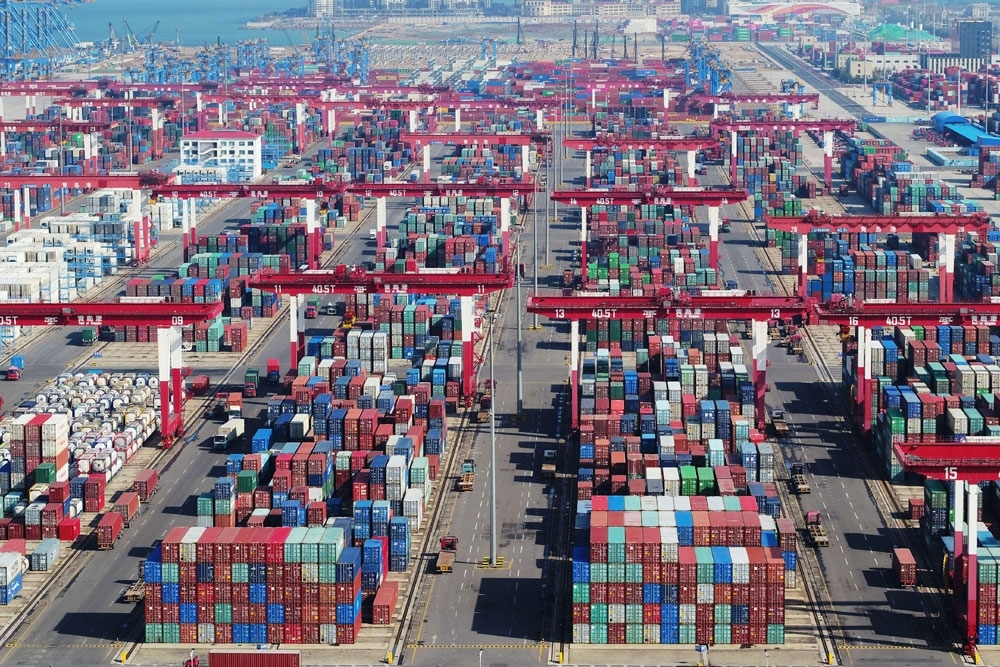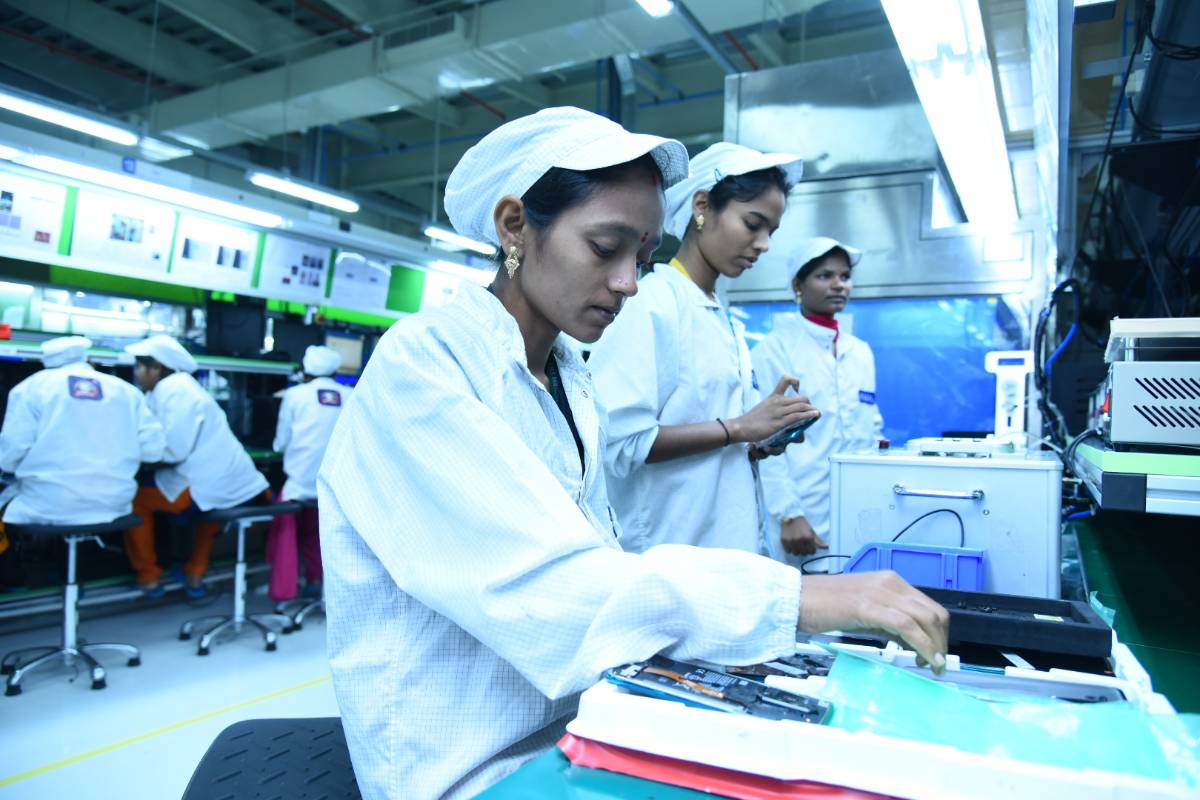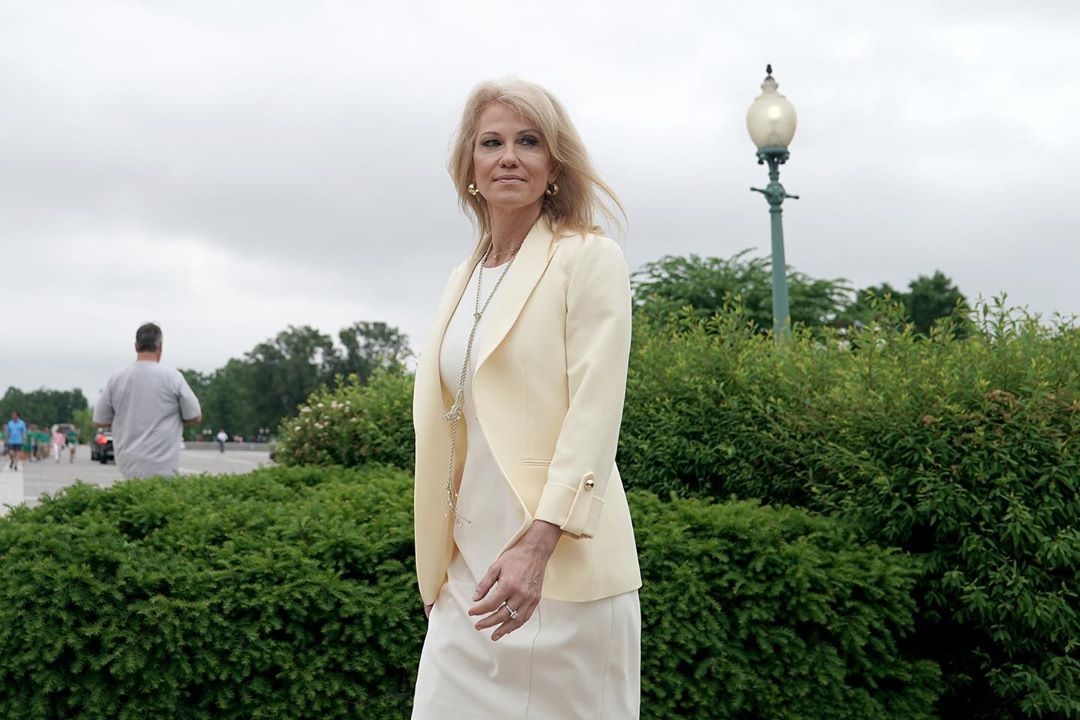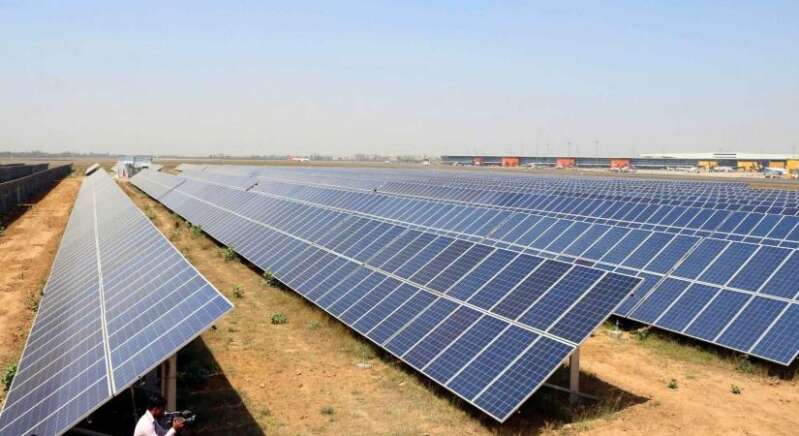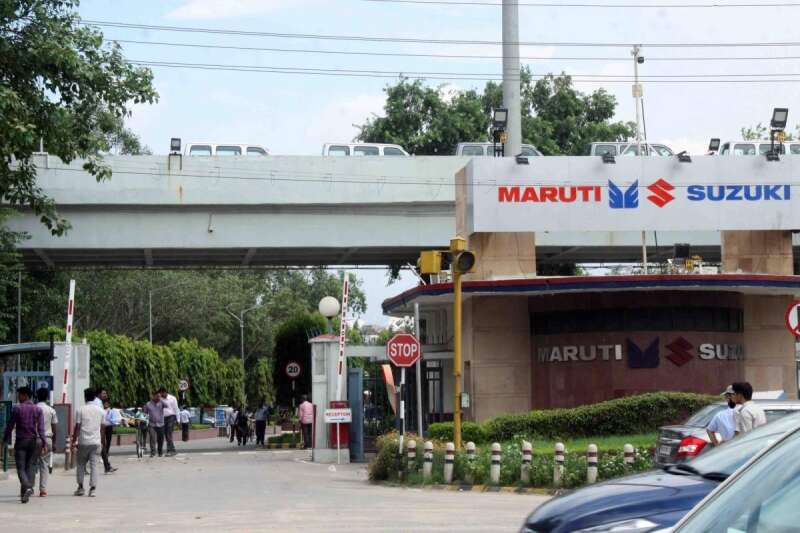Indian government has already started the work on drafting the new foreign trade policy, to replace the expiring one. The Union government is set to focus on boosting the manufacturing sector amid altered world dynamics in the wake of the coronavirus pandemic.
While there has been pressure to reduce imports, an insider who is closely working on this issue said that the Narendra Modi government will not resort to scrapping inbound shipments from any destination. Instead, the focus will be on boosting the ‘Make in India’ programme while aligning it with the global and local supply chains.
Prime Minister Modi, while delivering his Independence Day speech, asked both foreign and domestic companies to make India their manufacturing hub. The focus, he said, will now be ‘Make in India’ to ‘Make for World.’
“The new foreign trade policy is not about reducing imports. We cannot do this at this point as that will harm the economy. However, the government is looking at boosting the manufacturing industry so that India can produce for the world. Many companies have already shown keen interest in coming to India and setting up factories here,” said Gopal Krishna Agarwal, national spokesperson of the BJP.
However, the duty structure will be relooked at to ensure that the manufacturing sector does not suffer. The current trade policy will expire in 2021.
Sources also said that while India pulled out of the Regional Comprehensive Economic Partnership (RCEP) last year, and has not signed any new free trade agreement (FTA) since 2012, the government is not against trade deals with other countries as it is being projected. “We are open to inking trade deals though we have exited the RCEP. It does not mean that India is reluctant to do trade,” the insider said.
According to official data, India’s share in global exports for merchandise was 1.7 per cent in 2018. The focus in the new policy will be to take it to double digits.
Until now, China, with about 17 per cent share in global trade, has been the world’s largest supplier of goods. However, the dragon’s share has fallen in the last couple of years as it has been entangled in a bitter trade war with the US. Data portal statistica.com revealed that China’s share of exports in its total GDP basket dropped to approximately 17.4 per cent in 2019. The total Chinese merchandise export value amounted to around 17.23 trillion yuan that year. It had touched about 20.9 per cent in 2015.
In the wake of the spread of the pandemic, which had brought global economy to a near halt, several companies with manufacturing facilities in China have already shifted out. Many others are exploring opportunities.
Also Read: India Plans To Review Trade Agreements


